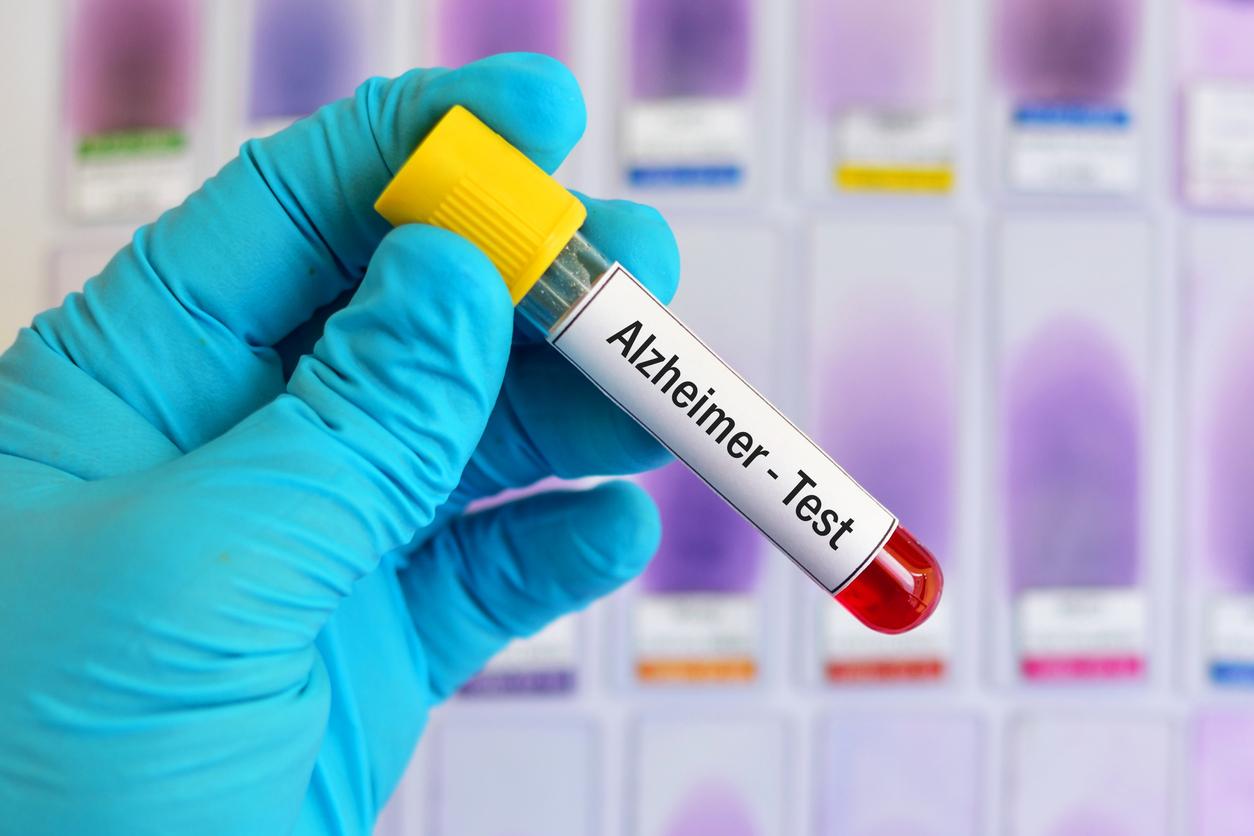While the new ten-year strategy against cancer will be unveiled this week, Thierry Lebret, urologist and head of the Urology department at the Foch Hospital, talks to us about prostate cancer.
-1612369322.jpg)
– Why Doctor: What is the incidence of prostate cancer today?
Thierry Lebret: It is the first male cancer in France. All men end up having one. From the age of 85, there is almost never a cancer-free prostate, but not all cancers develop quickly and will not lead to the death of the patient. There is not one prostate cancer but several. There are very aggressive and less aggressive prostate cancers, with life expectancies ranging from a few months to decades. There is also the stage of care that comes into play. What is important to know is that cancer is only curable if it is completely asymptomatic. To cure it, you have to find a cancer before it makes people talk about it and that’s the whole problem and that’s why we fight for screening.
– What screening methods are used and are they fully effective?
Methods have changed a lot in recent years. Today they are based on 2 examinations, essentially PSA and digital rectal examination, but there has been the revolution of prostate MRI. Before, cancer was not seen on imaging. In more than 80% of cases, an MRI can show tissue suspected of cancer. And that changes everything. As soon as we have the slightest doubt, with a slightly elevated PSA or an abnormal digital rectal examination, we will do an MRI. It has become the key exam. Now, MRI is used to guide biopsies. It is a purely technological revolution which served to be able to detect cancer.
– When should this screening take place?
The authorities continue to say that there is no screening. Learned societies recommend a PSA and a digital rectal examination between 50 and 65 years old. Thanks to statistics and big data, we have discovered that if before the age of 60 the PSA is less than 1 nanogram per mL, screening can be stopped and there will be no cancer. The digital rectal examination makes it possible to measure the weight and consistency of the prostate while the PSA refines the suspicion of diagnosis.
– What treatments currently exist?
More than treatment, I prefer to talk about care because we realize that not all prostate cancers are treated and are simply monitored. If there is no metastasis, therefore a localized cancer, it is necessary to evaluate the risk that one takes in not treating it. Monitoring involves checking the PSA regularly and studying whether it is moving or not. A year later, biopsies are performed to see if there are changes because there is a large proportion of prostate cancers that do not move, which concerns approximately 60% of cases of weakly aggressive cancer. Of all the localized prostate cancers, there is about one in five that we just decide to watch out for. The difficulty in this choice is risk taking.
For cancers that need to be treated, there are 4 possible treatments. The first is to remove the prostate. The second is external radiotherapy combined with hormone therapy. The third concerns brachytherapy, where small radioactive seeds are placed under anesthesia. The fourth is HIFU, that is to say that a probe is introduced into the prostate and the prostate cells are killed by high-intensity focused ultrasound. These treatments are all possible and are chosen according to the age, the aggressiveness of the cancer, its location and the choice of the patient. They can have consequences on sexuality and the perineum.
– A vaccine, called Provenge, has been developed against this cancer but is only authorized in the United States. Can it be introduced in France?
It is extremely expensive and does not currently have marketing authorization in France. Little communication has been made on the vaccine but for me it does not constitute the future. The exit will be on the identity card of cancer, that is to say the molecular biology which makes it possible to fight on the mutations to treat the molecular anomalies.
There is also theranostics. Today, the PET scanner makes it possible to know if the cancer is metastatic and where it is in the body. The next step is theranostics. The principle is to put on the same molecule a radioactive element which will destroy the cell. We will do the diagnosis and the therapy at the same time. Research is progressing and we are beginning to have interesting elements but it is not yet in common practice.

.















